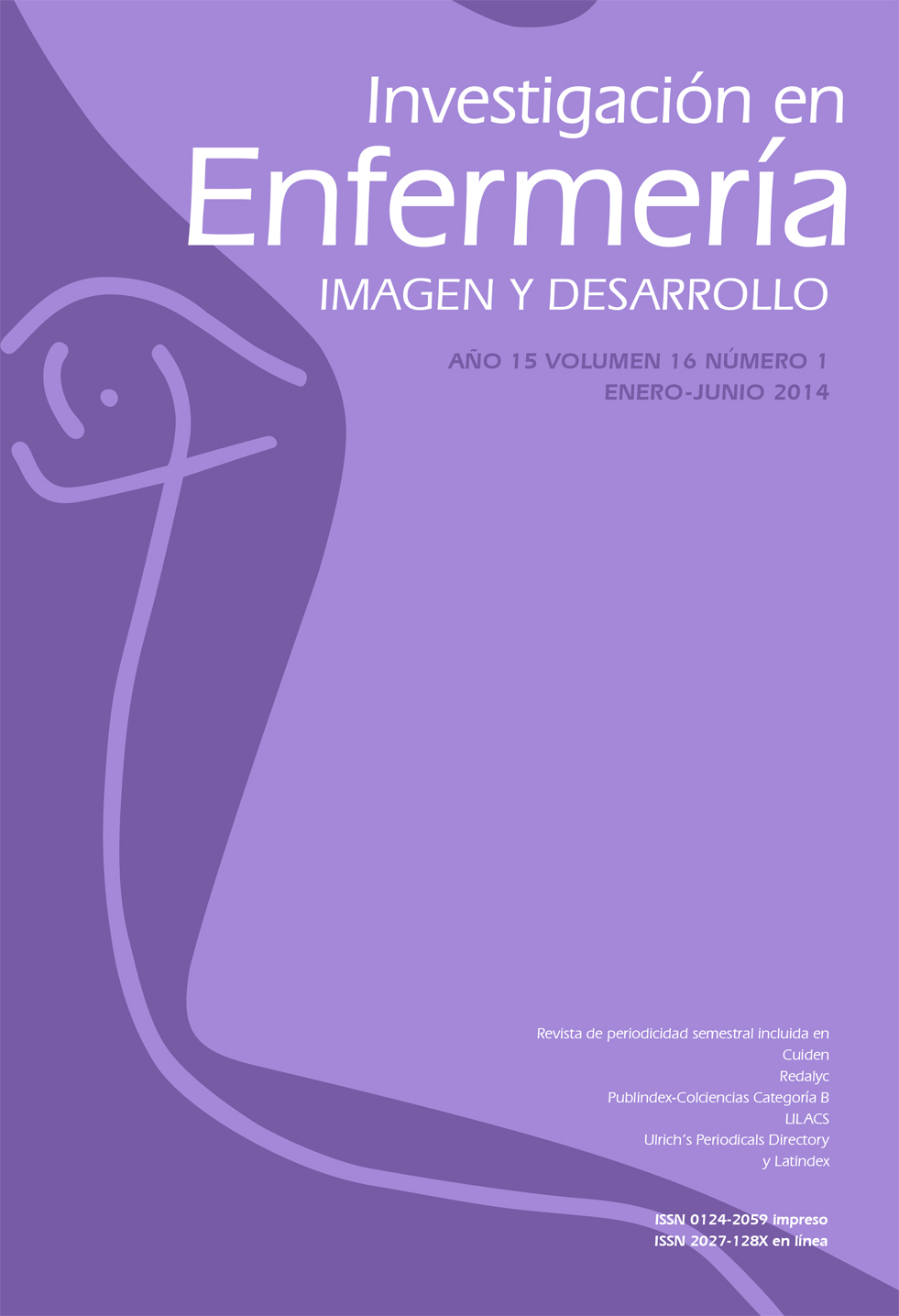Abstract
Las unidades de cuidado intensivo (UCI) se conciben como espacios cerrados, debido a la complejidad de los pacientes que allí se manejan. Por esta razón, las visitas se han convertido en un aspecto de gran importancia, ya que influyen en la satisfacción de las necesidades de los pacientes, sus familias y las creencias del personal de salud. Hablar del panorama de las visitas en las UCI, implica retomar su origen y evolución, teniendo en cuenta que las nociones acerca de la gravedad de los pacientes allí hospitalizados y las creencias de quienes los atienden han marcado un punto importante en la restricción histórica de ellas. De igual manera, es necesario mencionar las ventajas de una política liberalizada, conocer la perspectiva general de las visitas en las UCI y el papel que desempeña el profesional de enfermería en este aspecto. Este artículo pretende motivar en las(os) enfermeras(os) una participación más activa en la toma de decisiones sobre las políticas de visitas en la UCI, a partir del conocimiento de su panorama y los efectos que tienen las políticas flexibles en la salud del paciente y la estabilidad de la familia.The journal Investigación en Enfermería: Imagen y Desarrollo is registered under a Creative Commons Attribution 4.0 International Public License. Thus, this work may be reproduced, distributed, and publicly shared in digital format, as long as the names of the authors and Pontificia Universidad Javeriana are acknowledged. Others are allowed to quote, adapt, transform, auto-archive, republish, and create based on this material, for any purpose (even commercial ones), provided the authorship is duly acknowledged, a link to the original work is provided, and it is specified if changes have been made. Pontificia Universidad Javeriana does not hold the rights of published works and the authors are solely responsible for the contents of their works; they keep the moral, intellectual, privacy, and publicity rights.
Approving the intervention of the work (review, copy-editing, translation, layout) and the following outreach, are granted through an use license and not through an assignment of rights. This means the journal and Pontificia Universidad Javeriana cannot be held responsible for any ethical malpractice by the authors. As a consequence of the protection granted by the use license, the journal is not required to publish recantations or modify information already published, unless the errata stems from the editorial management process. Publishing contents in this journal does not generate royalties for contributors.


